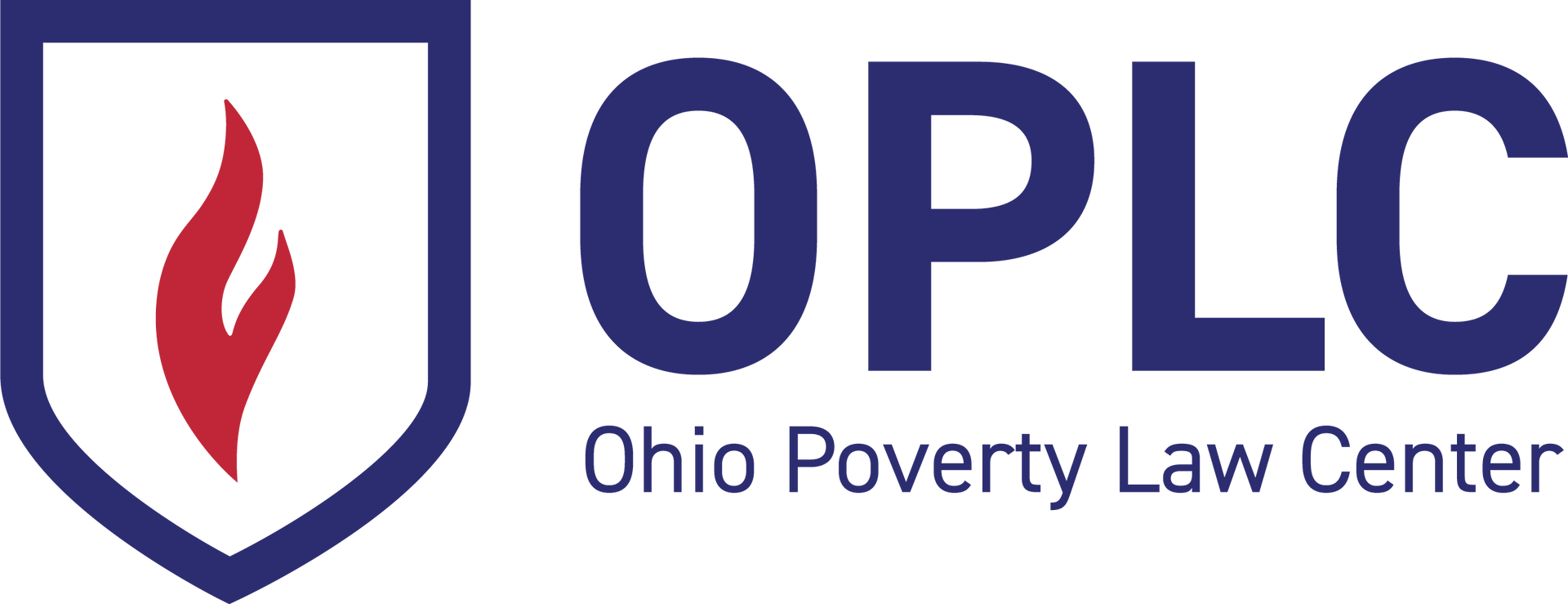JANUARY 2020 NEWSLETTER
At the Half
With the start of 2020, the 133rd General Assembly is half-way through the current session. In 2019, more than 700 bills were introduced in the House and the Senate. But only 21 of those bills went to the Governor for his signature and became law.
Separately, the chambers were more productive. The House passed 69 bills and the Senate passed 55 bills—all of which are waiting on the other chamber to act.
We continue to advocate for changes that remove barriers to employment for Ohioans with criminal records and improve access to health care and safety-net services and hope 2020 will see improved policies for low-income and marginalized Ohioans.
Mental Health and Substance Use Disorder Parity Legislation Introduced
In December, legislation to address access to mental health and substance use disorder treatment was introduced. OPLC is working as part of the Ohio Parity @10 Coalition, which includes more than 20 organizations focused on enforcing the Mental Health Parity and Addiction Equity Act (MHPAEA). Passed in 2008, the MHPAEA prohibited insurers from placing any limitations on treatment benefits for mental health and substance use disorders that were not in place for medical or surgical benefits. Although passed over a decade ago, parity enforcement has been severely lacking in Ohio. Many Ohioans are not even aware of parity requirements. Lack of enforcement has had a detrimental effect on Ohioans with mental health issues or substance use disorders who are trying to access care.
According to a recently released Milliman Research Report, Ohioans were five times more likely to utilize an out-of-network behavioral health facility than an out-of-network medical/surgical facility. Additionally, there have been instances where health plans have limited the amount of treatment people can receive or placed utilization barriers such as prior authorization requirements or step therapy protocols.
Companion bills were introduced in both the House and the Senate. HB443 introduced by Representatives Russo (D-Upper Arlington) and Plummer (R-Dayton) and SB254 introduced by Senators Gavarone (R-Bowling Green) and O’Brien (D-Cortland) would require the Superintendent of the Department of Insurance and the Director of Medicaid to enforce parity law under the MHPAEA. The legislation would require both departments to perform compliance exams of health plans to make sure they are following parity requirements and health plans would also have to perform their own assessment of their benefits to ensure parity compliance. The bills prohibit any treatment limitations for mental health and substance use disorder benefits that are not also applied to medical and surgical benefits. HB443 and SB254 would also ban any step therapy or prior authorization requirements for any medications used for treating substance use disorders. If a consumer or provider feels as if a health plan is not in compliance with parity requirements, the legislation allows for them to submit a complaint to either the Department of Insurance or through a managed care organization’s grievance process. HB443 and SB254 will allow for greater transparency of health plans while making it easier for Ohioans to gain access to mental health and addiction treatment.
Homestead Exemption Bill Introduced
Rep. Jason Stephens (R-Kitts Hill) introduced HB439 in December 2019. The bill adjusts for inflation the $25,000 homestead exemption for low-income disabled and elderly Ohioans. The bill would also adjust for inflation the enhanced exemption for disabled veterans.
Expansion of SNAP Work Requirements Rule
The United States Department of Food and Nutrition Services finalized a new rule that will force thousands of able-bodied adults without dependents (ABAWDs) to engage in work activities for 20 hours per week to receive benefits. Currently, states can exempt regions of the state with high levels of unemployment from the work requirement. However, the new rule imposes a much stricter methodology for determining the unemployment rate as well as sets a threshold level of unemployment under which few Ohio counties will be exempted. An estimated 45,000 Ohioans are at risk of losing food assistance in April when the new rule goes into effect. This Public News Story highlights the concerns about the new rule, especially in rural counties.
